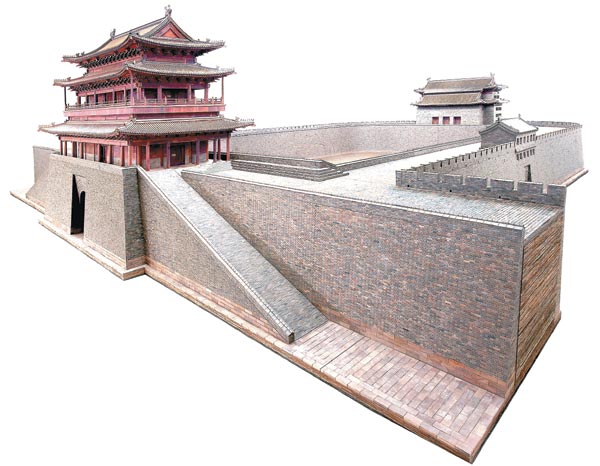Saving Beijing's ancient landmarks
Updated: 2014-11-19 07:44
By Deng Zhangyu(China Daily)
|
|||||||||
Since the Ming Dynasty (1368-1644), China's emperors continued building the colossal fortification system for the capital city. A single gate and the attached walls took about 200,000 men up to four years to build. Ancient Beijing had 16 such gates in its inner and outer city areas.
Li Jianping, chairman of the Beijing History Association, says the Forbidden City is Beijing's gold and red crown while the grey gates and walls were the "city's skirt". The city's cultural symbol was halved with the demolition of its gates and walls in the 1960s, he says.
"Beijng's gates and walls were more than a protection system. They stood for the hierarchy of the emperors and the country they ruled," Li says.
As a capital city, Beijing's gates and walls were bigger than those in other cities such as Pingyao, Shanxi province, and Nanjing, Jiangsu province. The gates of the inner city where the emperors resided were also higher than those in the outer city. Each gate had a clear function. For instance, at the Zhengyangmen gate, people gathered to pay their taxes. Andingmen was where troops would return after winning wars and Chaoyangmen was the gate through which grain was transported.
"The gate names remain as street names. I'm sure most young people are familiar with the street names but not so many of them know the history behind them as they haven't even had a chance to see the gates, " says Li.
That's why Chen is passionate about rebuilding the gates. She says she wants to offer a chance to future generations to learn the history and culture of Beijing in a visual and concrete manner.
Chen retains her habit of going to her factory almost every day, and is supported by her family both emotionally and financially.
Asked about her future plans, Chen says she plans to replicate the Old Summer Palace, memorial archways and courtyards after her gates and walls project is completed. She also wants to build a park with all her reproductions of old Beijing architecture open to the public.
"The Chinese dream is popular. My Chinese dream is to restore old Beijing's culture. I'm still in my dream and waiting for the time I wake up," Chen says, with a laugh.

 First Chinese lion dance to join Macy's Thanksgiving Day Parade
First Chinese lion dance to join Macy's Thanksgiving Day Parade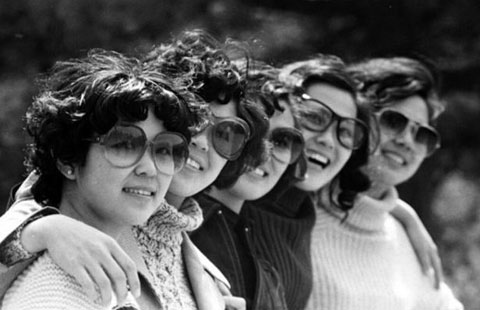
 China then and now through a lens
China then and now through a lens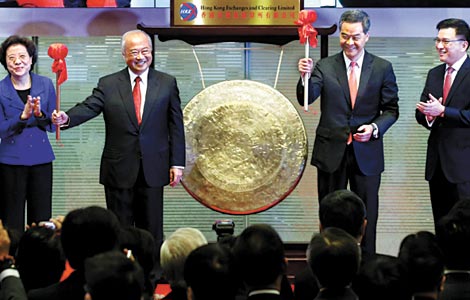
 Stock Connect provides new opportunities
Stock Connect provides new opportunities
 India-China joint counterterrorism training exercise in Pune
India-China joint counterterrorism training exercise in Pune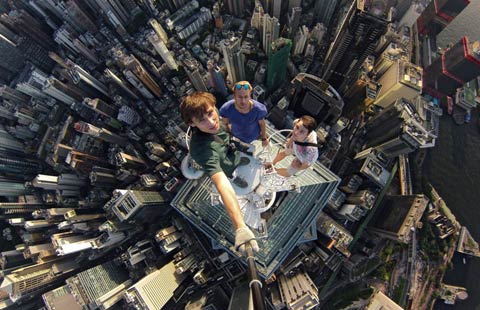
 Crazy climbers take death-defying selfies
Crazy climbers take death-defying selfies
 China International Pet Show opens in Beijing
China International Pet Show opens in Beijing
 Top 10 Internet companies by market value
Top 10 Internet companies by market value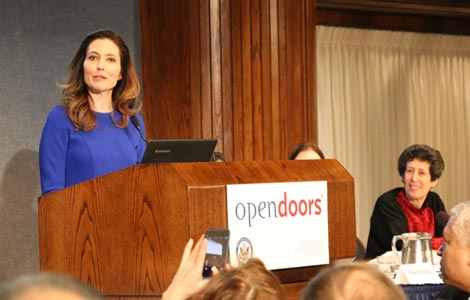
 Open Doors report finds increases in intl enrollment
Open Doors report finds increases in intl enrollment
Most Viewed
Editor's Picks

|

|

|

|

|

|
Today's Top News
ChinaSF celebrates 6th anniversary
China then and now through a lens
China sends record number to study in US
Chinese firms starting to think outside the box
Apple taps UnionPay for China link
Stock Connect provides new opportunities
Deal set to boost food cooperation
China once again boasts world's fastest supercomputer
US Weekly

|

|
